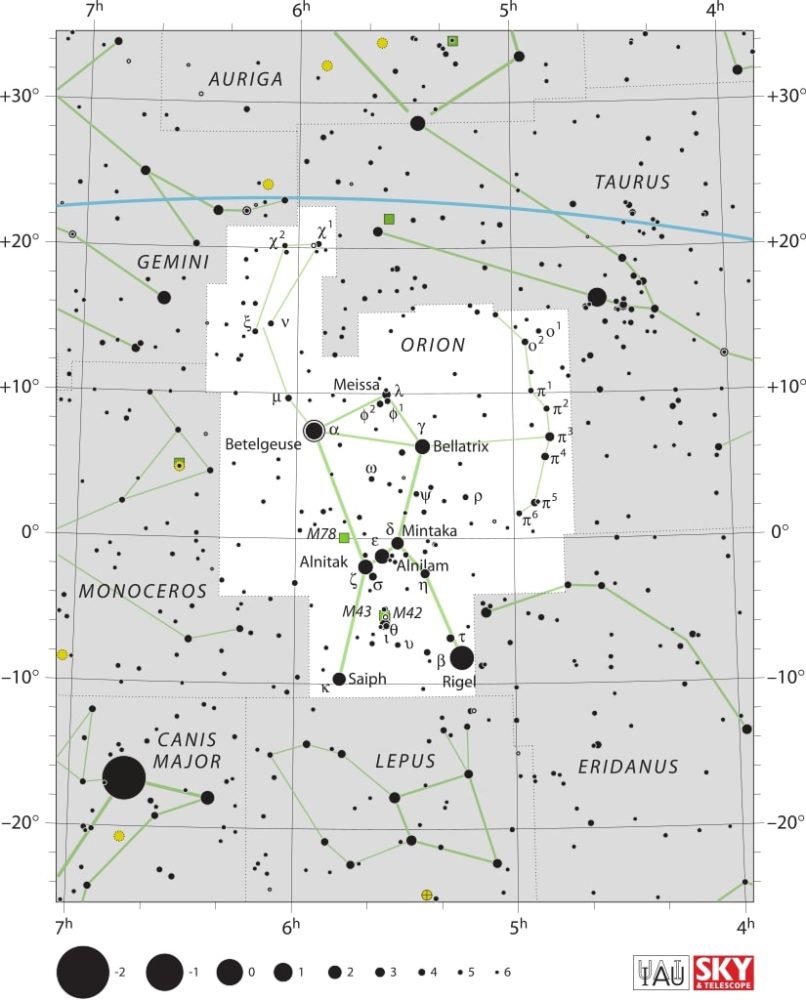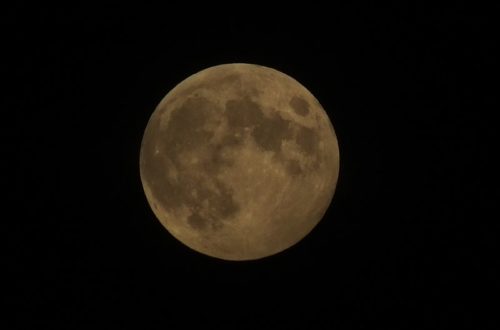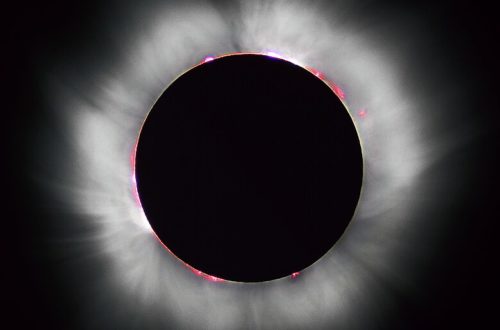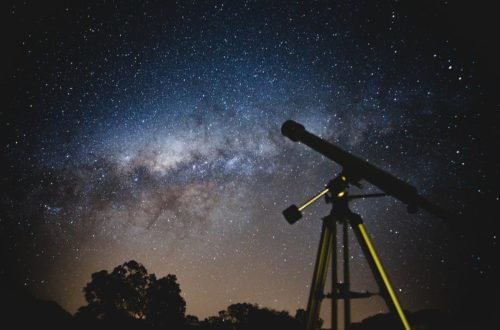Monthly Stargazing Calendar for October 2012
By the end of this month on October 20 and 21 the Orionids meteor shower will peak. It is an average shower producing about 20 meteors per hour at the peak. This shower usually peaks on the 21st, but it is highly irregular. A good show could be experienced from October 20 to 24, and some meteors may be seen any time from October 17 to 25. The meteors will appear to radiate from the constellation of Orion.
 Orionids meteor shower in 2007. Photo by Brocken Inaglory.
Orionids meteor shower in 2007. Photo by Brocken Inaglory.
Would you like to be notified of stargazing events?

Moon phases
As you know, the Moon has a big impact on the visibility of celestial bodies in the night sky. So here are the Moon’s phases for this month:

Positions of the planets this month
Mercury: The closest planet to the Sun can be seen at dawn and dusk in the constellation of Virgo, not far from Saturn. This planet, being the closest to the Sun, will appear to move quickly in the night sky and its position will change in the following weeks.
Venus: The sister planet can be seen in the constellation of Leo, not far from the bright star Regulus. Just like Mercury, Venus can only be seen at dawn and dusk.
Mars: The red planet can be seen in the constellation of Libra.
Jupiter: The gas giant is visible in the constellation of Taurus. Jupiter can easily be spotted with the naked eye, even in highly illuminated cities.
Saturn: The ringed giant can be seen with the naked eye in the middle of the Virgo constellation, not far from the bright star Spica.
Uranus: The gas giant can be seen between the constellations of Pisces and Cetus with the use of a telescope.
Neptune: The blue giant requires a telescope pointed in the constellation of Aquarius in order to be seen.
Major astronomical event next month
- November 13 – Total Solar Eclipse.
- November 17, 18 – Leonids Meteor Shower.
- November 27 – Conjunction of Venus and Saturn.
- November 28 – Penumbral Lunar Eclipse.
See also:
- Previous month’s calendar: Stargazing Calendar for September 2012
- Next month’s calendar: Stargazing Calendar for November 2012
Would you like to receive similar articles by email?





